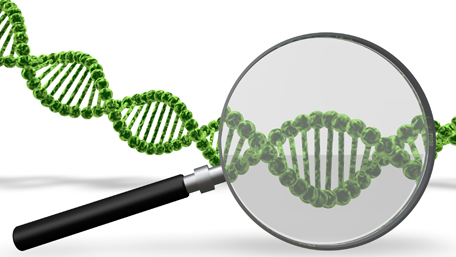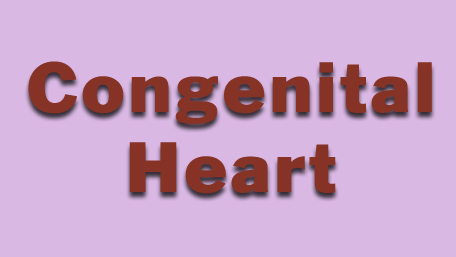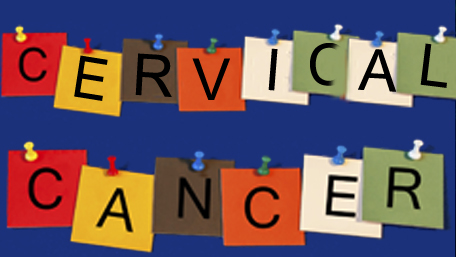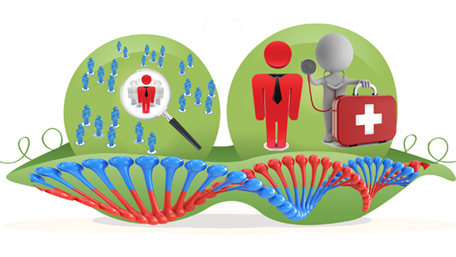
10/22/2020
Hot Topics of the Day are picked by experts to capture the latest information and publications on public health genomics and precision health for various diseases and health topics. Sources include published scientific literature, reviews, blogs and popular press articles.
Sign up MyPHGKB to receive the daily hot topic email alert.
Archived Hot Topics of the Day By Date
Race, science and (im)precision medicine
G Adigbli, Nature Medicine, October 22, 2020
Characteristics Associated With Racial/Ethnic Disparities in COVID-19 Outcomes in an Academic Health Care System
T Gu et al, JAMA Network Open, October 21, 2020
City-level SARS-CoV-2 sewage surveillance
K Yaniv et al, MEDRXIV, October 21, 2020
Modifiable lifestyle factors and severe COVID-19 risk: Evidence from Mendelian randomization analysis
S Li, MEDRXIV, October 21, 2020
Could nutrition modulate COVID-19 susceptibility and severity of disease? A systematic review
PT James et al, MEDRXIV, October 21, 2020
Saliva as testing sample for SARS-CoV-2 detection by RT-PCR in low prevalence community setting
D Gavars et al, MEDRXIV, October 21, 2020
The Challenges of Expanding Rapid Tests to Curb COVID-19
R Rubin, JAMA, October 21, 2020
Understanding COVID-19 vaccine efficacy
M Lipsitch et al, Science, October 21, 2020
Measuring clinical utility in the context of genetic testing: a scoping review
SE Walcott et al, EJHG, October 21, 2020
Association of Damaging Variants in Genes With Increased Cancer Risk Among Patients With Congenital Heart Disease
SU Morton et al, JAMA Cardiology, October 21, 2020
Genetic markers and phosphoprotein forms of beta-catenin pβ-Cat552 and pβ-Cat675 are prognostic biomarkers of cervical cancer
SM Scholl et al, EBiomedicine, October 21, 2020
Achieving healthy human longevity: A global grand challenge
V Dzau et al, Sci Trans Med, October 21, 2020
Reimagining Public Health in the Aftermath of a Pandemic.
Brownson Ross C et al. American journal of public health 2020 11 (11) 1605-1610
Data Are Not Enough to Reimagine Public Health.
Chiolero Arnaud et al. American journal of public health 2020 Nov (11) 1614
Disclaimer: Articles listed in Hot Topics of the Day are selected by Public Health Genomics Branch to provide current awareness of the scientific literature and news. Inclusion in the update does not necessarily represent the views of the Centers for Disease Control and Prevention nor does it imply endorsement of the article's methods or findings. CDC and DHHS assume no responsibility for the factual accuracy of the items presented. The selection, omission, or content of items does not imply any endorsement or other position taken by CDC or DHHS. Opinion, findings and conclusions expressed by the original authors of items included in the Clips, or persons quoted therein, are strictly their own and are in no way meant to represent the opinion or views of CDC or DHHS. References to publications, news sources, and non-CDC Websites are provided solely for informational purposes and do not imply endorsement by CDC or DHHS.
- Page last reviewed:Feb 1, 2024
- Page last updated:Apr 18, 2024
- Content source:








